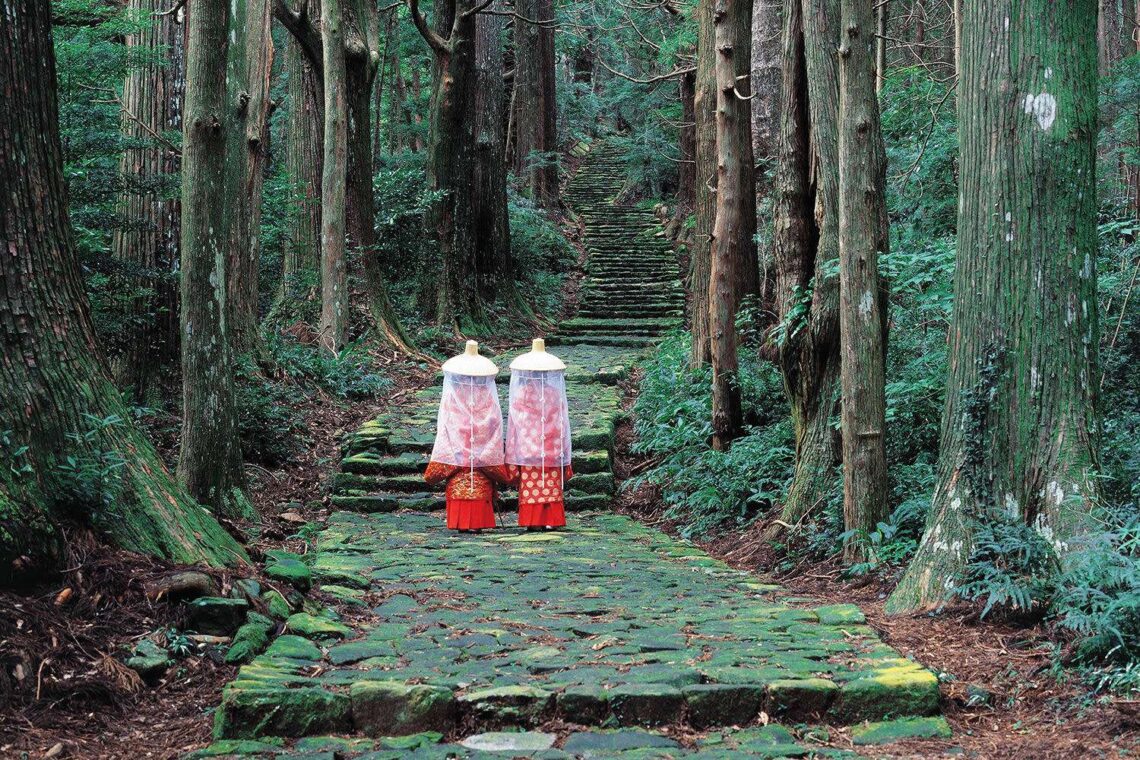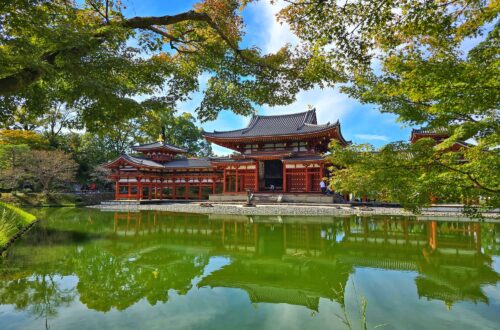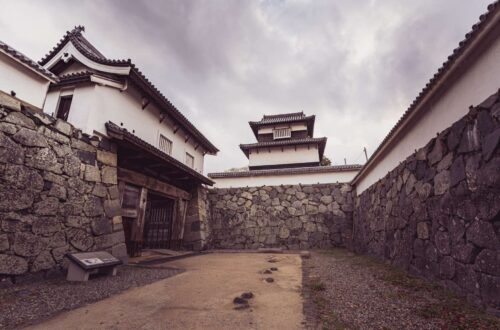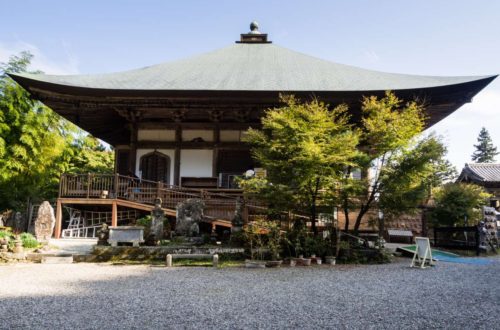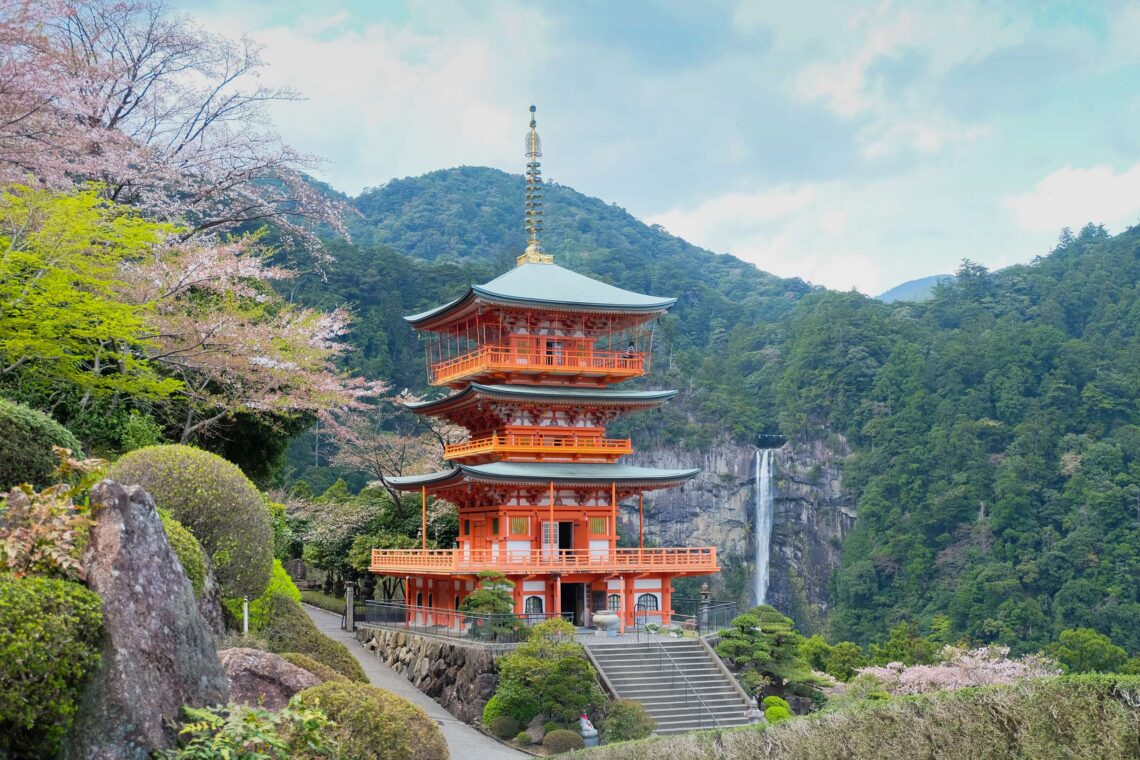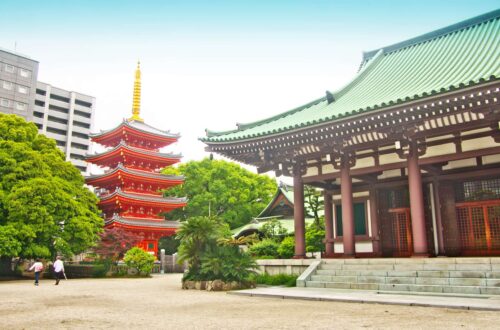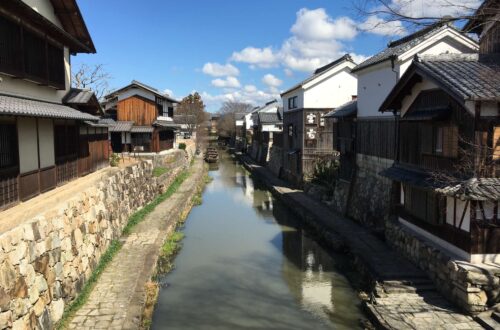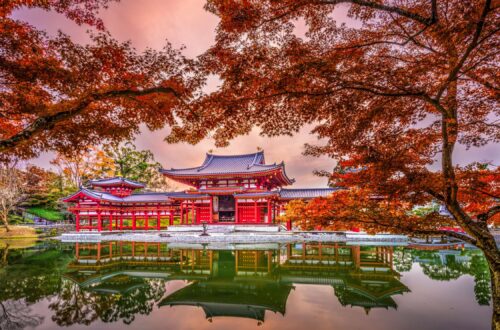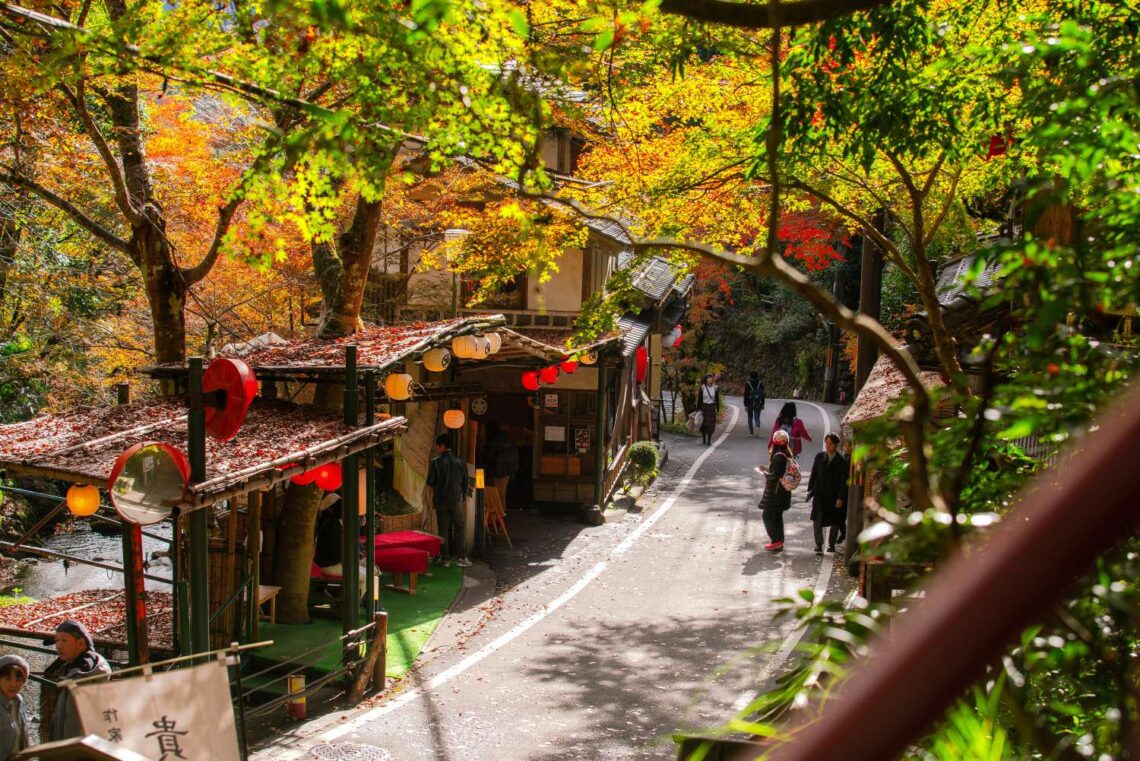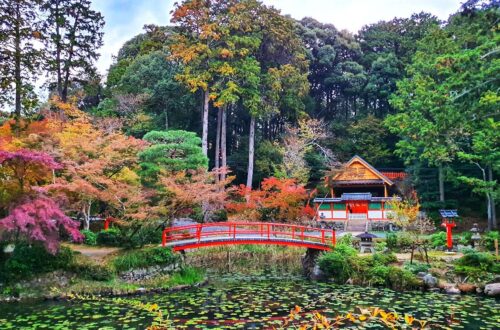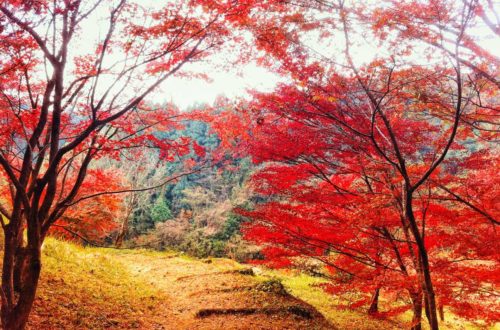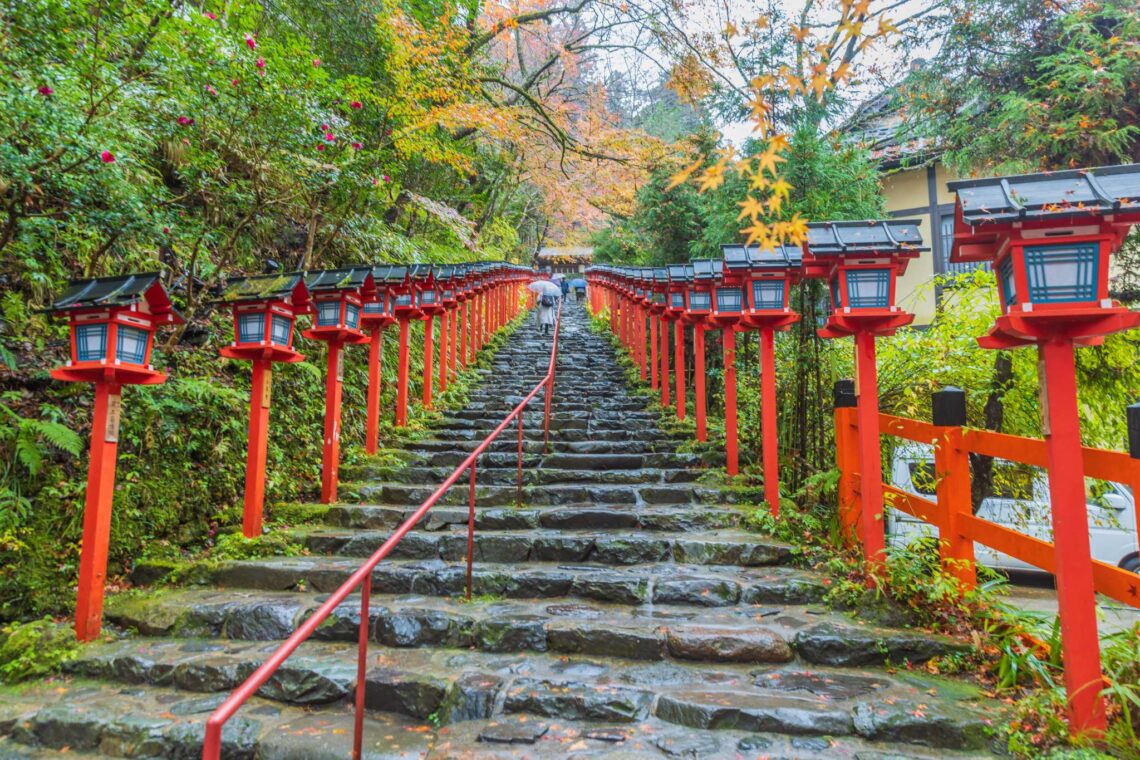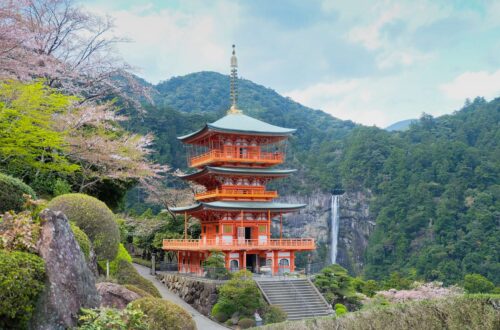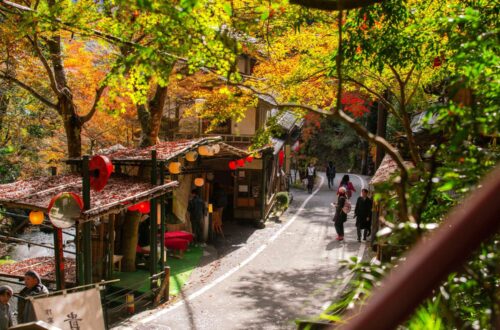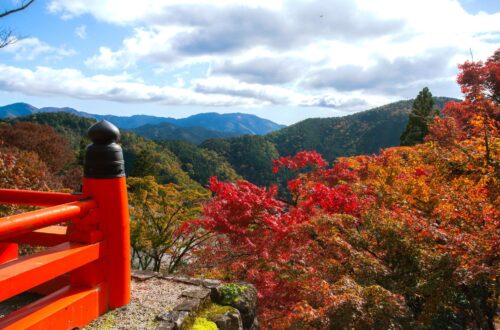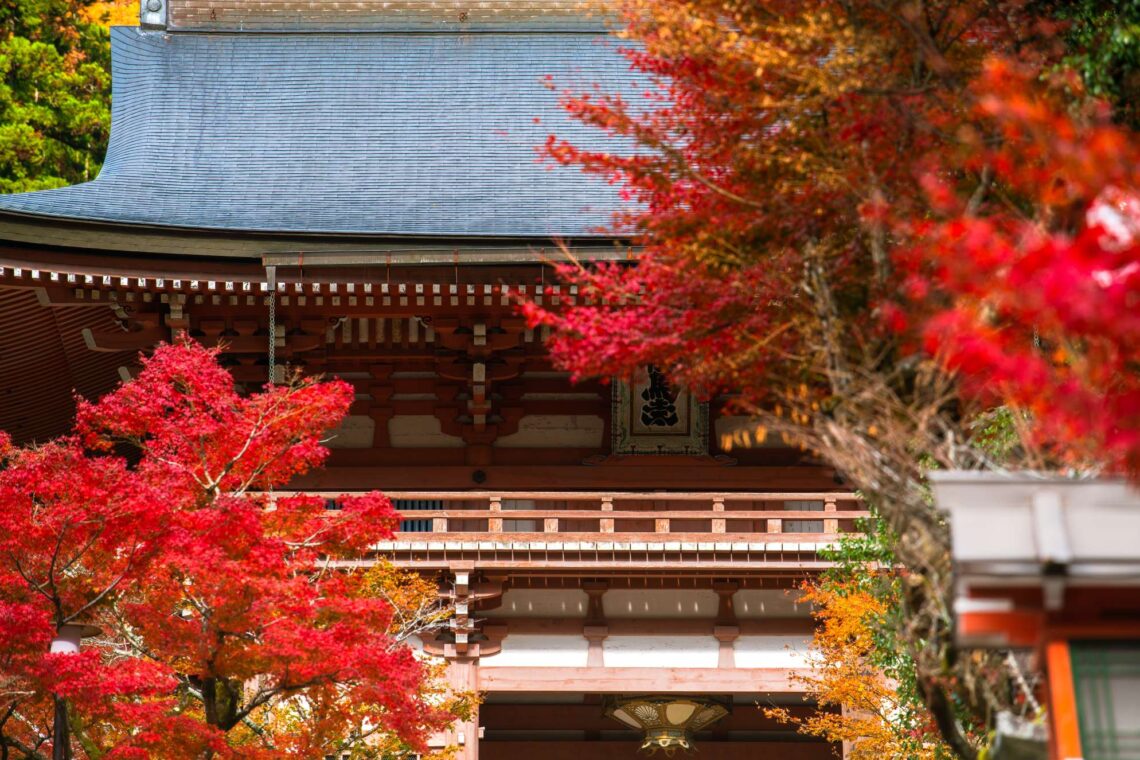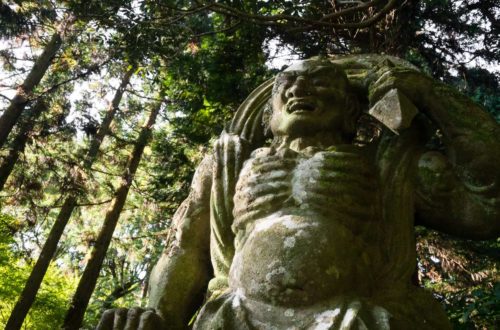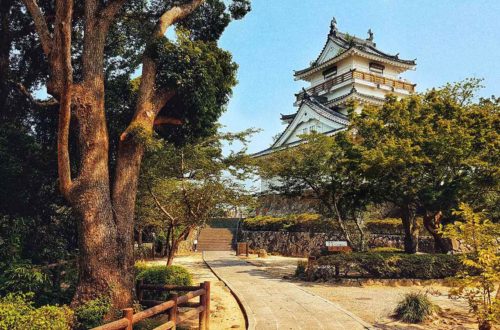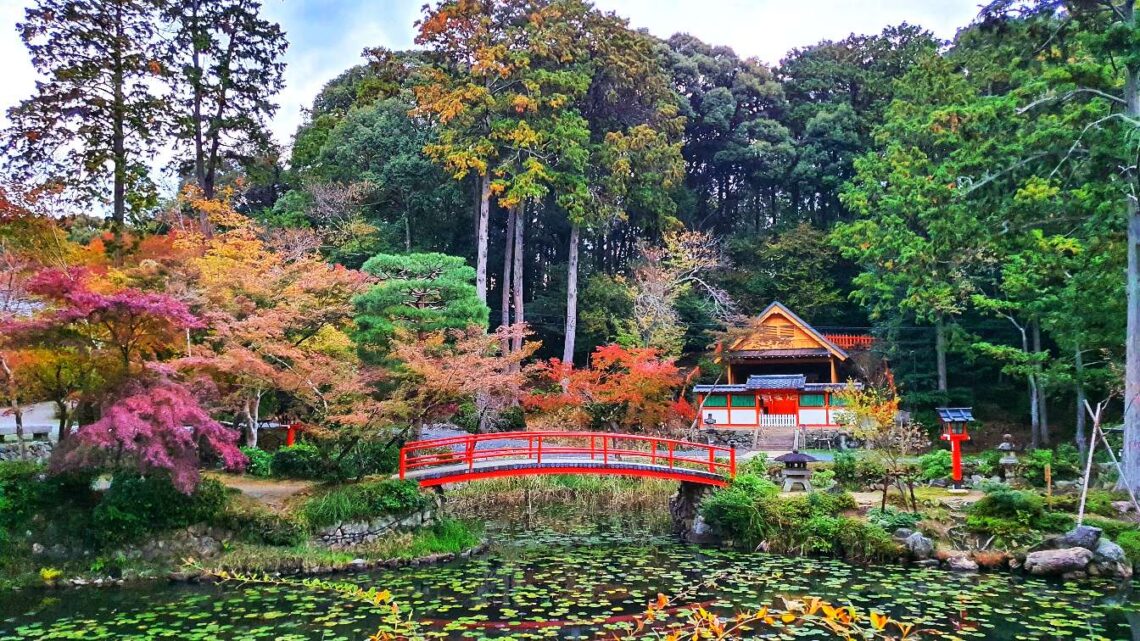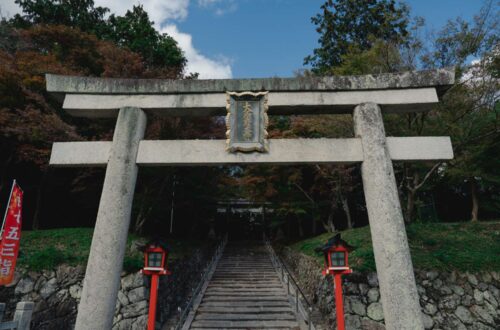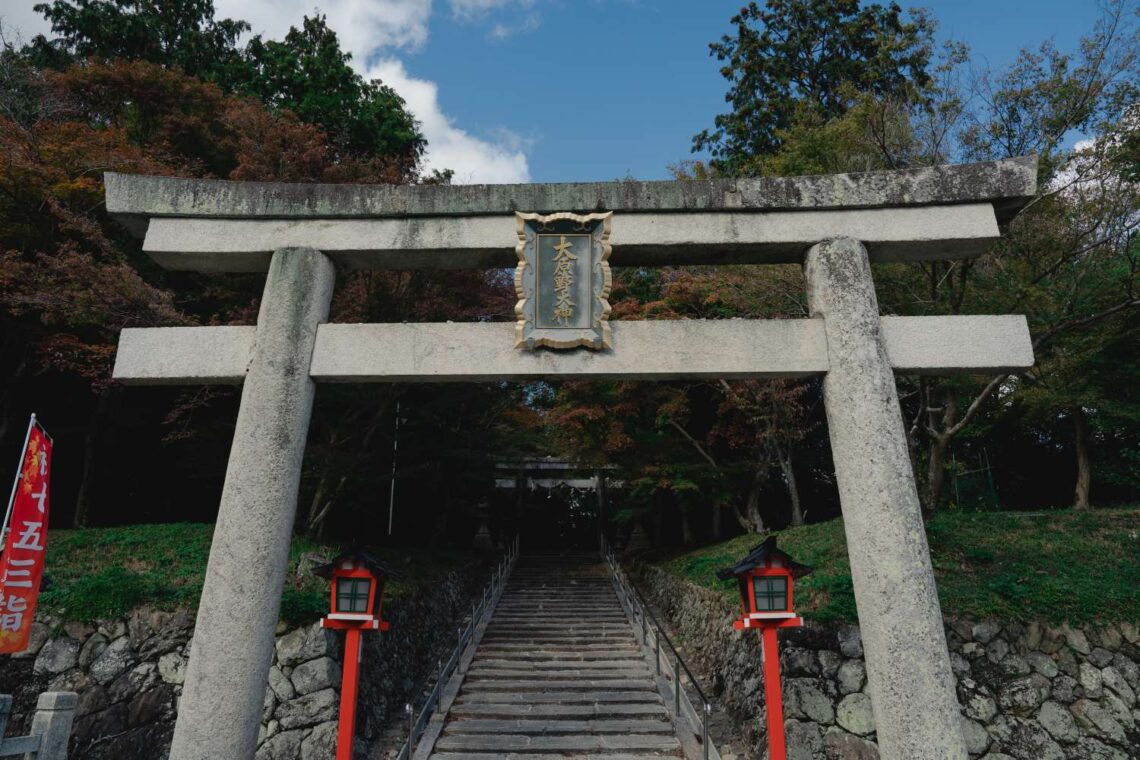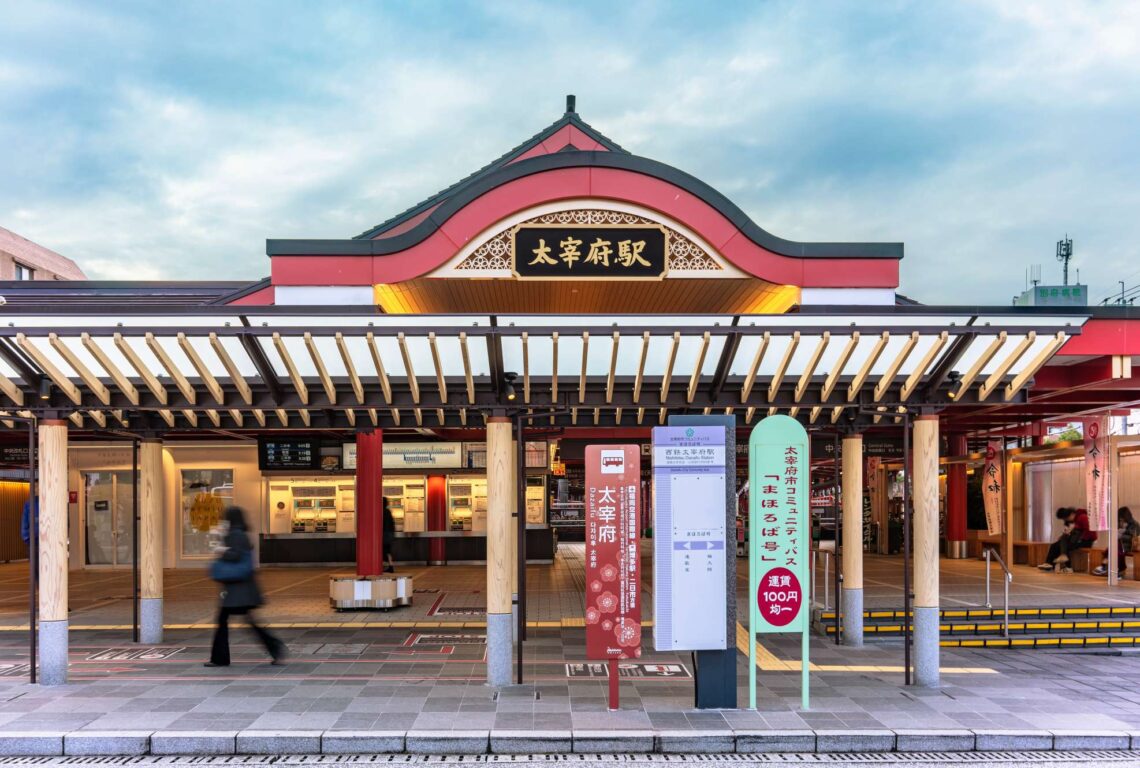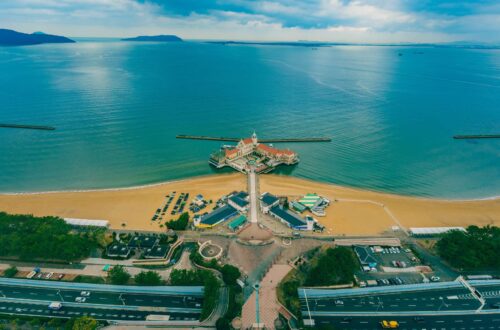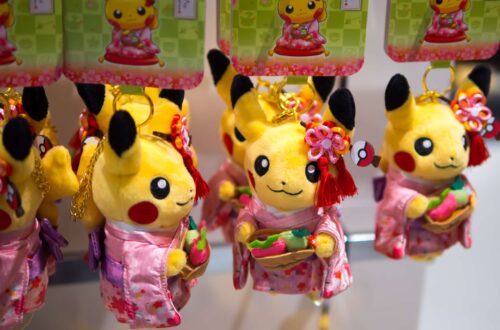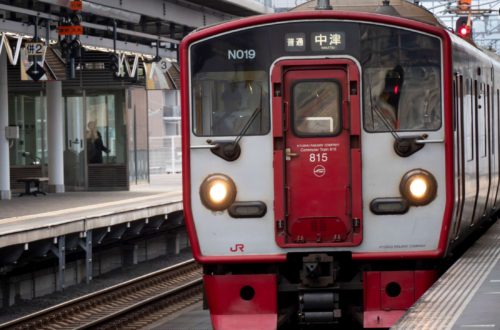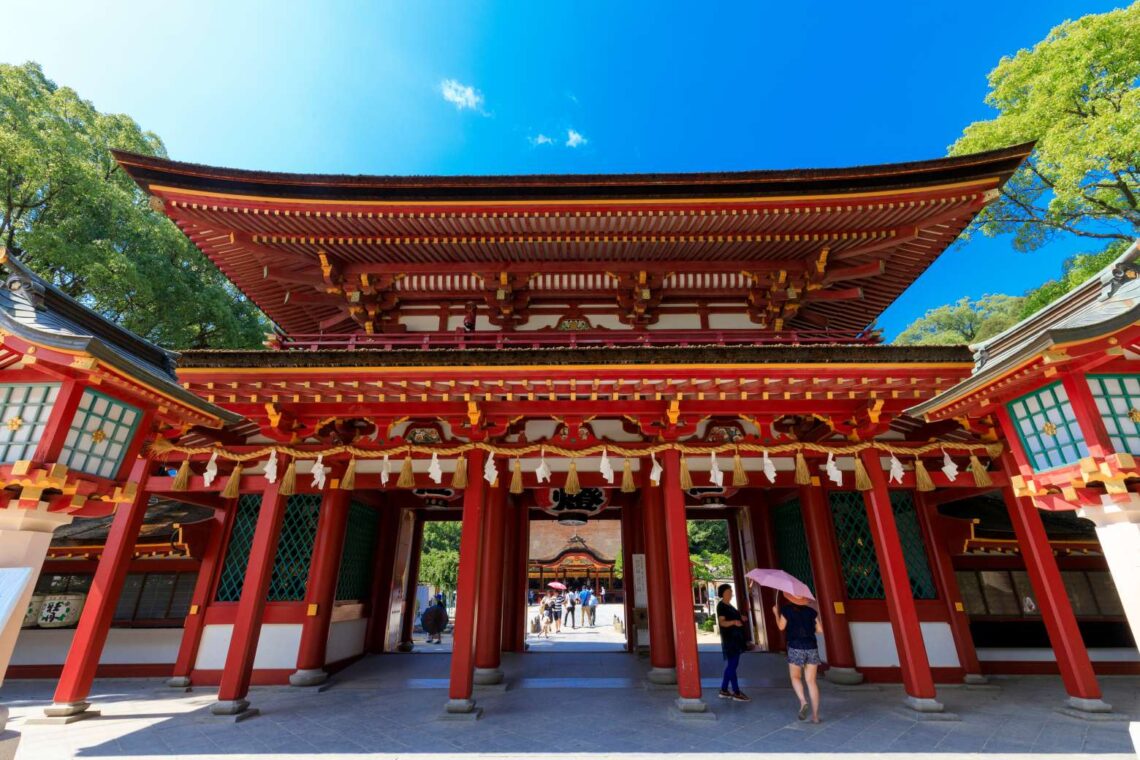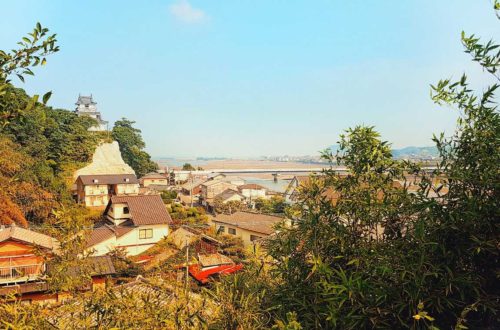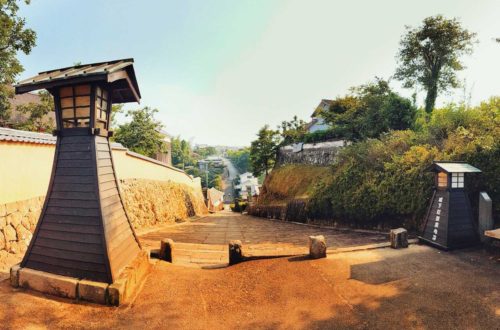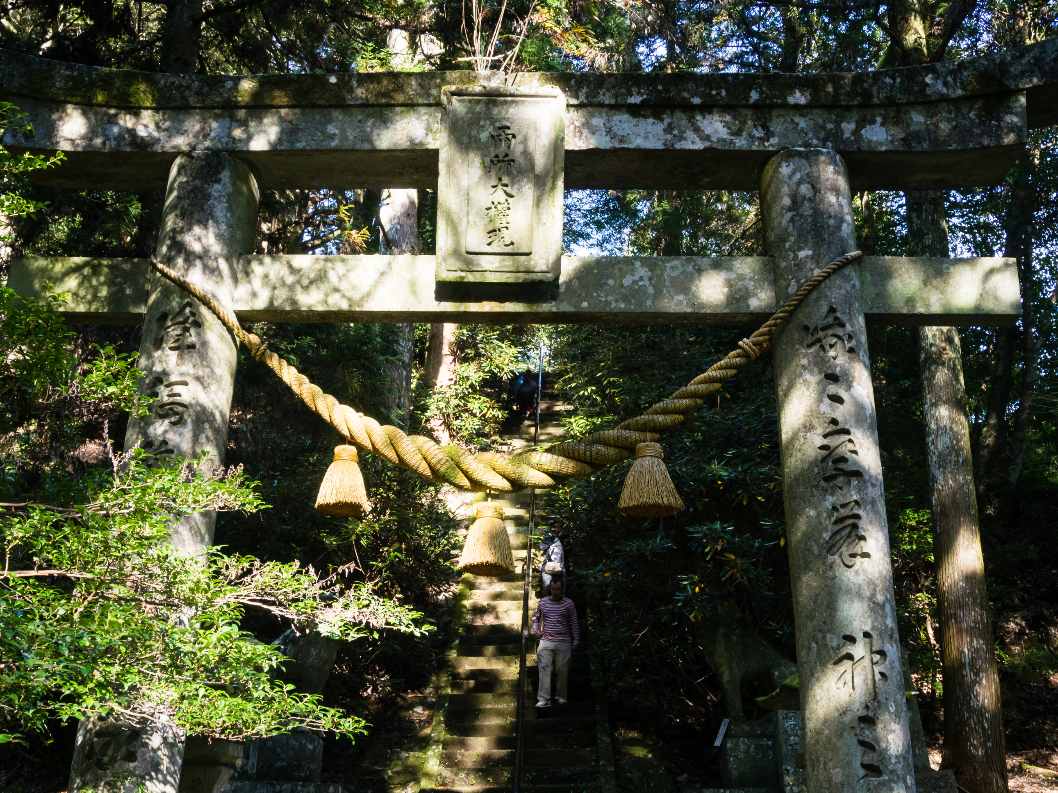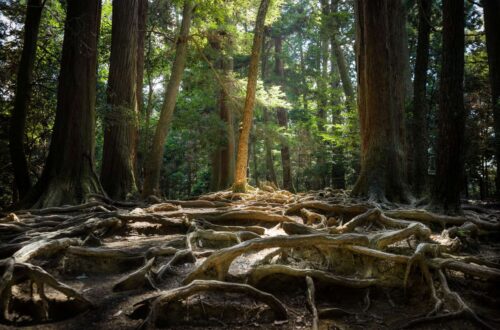For Those Who Love Shrines
-
Daimonzaka Chaya – The Ultimate Costume Experience in Japan
Have you ever dreamt of travelling back in time to travel to Kumano Nachi Taisha (熊野那智大社) from Daimonzaka (大門坂) as an aristocrat? Look no further than Daimonzaka Chaya (大門坂茶屋) or Daimonzaka Teahouse; a shop where you can rent Heian period costumes and explore Nachi Taisha and its surrounding. Today, I will be sharing the overall experience and how it adds a unique flair to your travel experience at Nachi Taisha. Disclaimer: This article contains affiliate links. If you book after clicking on one of these links then I may receive a small commission at no extra cost to you. About Daimonzaka Daimonzaka (大門坂) or ‘large gate slope’ is a path…
-
Kumano Nachi Taisha – A Complete Guide to Japan’s Stunningly Beautiful Mountain Shrine
Nestled deep inside the secluded Kii Peninsula (紀伊半島) is the scenic and majestic Kumano Nachi Taisha (熊野那智大社) shrine. Kumano Nachi Taisha is one of those destinations that has been a poster boy for many Japan travel promotional materials; and for a right reason. This is the shrine that features the iconic vermillion pagoda with a majestic waterfall in the background. And, it also happens to be one of the major spiritual sites for the renowned Kumano Kodo hiking trail. With that in mind, let’s explore what this iconic shrine has to offer. Disclaimer: This article contains affiliate links. If you book after clicking on one of these links then I…
-
Kibune – A Complete Travel Guide to Kyoto’s Mystical Village
At the north of Kyoto’s majestic mountains lies the quaint village of Kibune (貴船). Since the ancient times, Kibune has been long associated with spirituality and tranquility; attracting many local visitors throughout the centuries who are seeking a retreat from the bustling city life. Let’s find out what makes this hidden village so attractive. Introducing Kibune & Its Surrounding Myths Kibune’s founding mainly stemmed from the legendary founding of Kifune Shrine (貴船神社). The shrine itself is one of the oldest in Japan when the goddess, Tamayori-hime (玉依姫) ordered the construction of the shrine as she was impressed with the purity of the water and the spirituality of the area. For…
-
Kifune Shrine – A Complete Guide to Kyoto’s Mystical Shrine
Amidst the lush forest and tranquil mountains of Kyoto (京都) lies the mystical Kifune Shrine (貴船神社) in the village of Kibune (貴船). Among all the shrines that are located within the mountains of Kyoto, Kifune Shrine is undisputedly the most famous of them all among the local community. Yet, it’s presence remains relatively low among international tourists. In this round, let’s explore the enchanting Kifune Shrine. Introducing Kifune Shrine The Legend Behind Its Founding Kifune Shrine is one of the oldest shrines in Japan; with the shrine records detailing its reconstruction around 1,300 years ago. This means that it is as old; if not older than the ancient capital Kyoto…
-
Kurama Dera Temple – Kyoto’s Captivating Mountain Temple
Amidst the numerous wooden and rustic temples in the ancient capital of Kyoto (京都); Kurama Dera Temple (鞍馬寺/Kurama-dera) stands out from the rest as a mountain temple. It is located up in the mountains of Kurama; a spot renowned among locals as a spiritual power spot and also home to the legendary tengus (天狗). So what about this temple that makes it a fascinating site to visit? Let’s explore the background behind this scenic temple. History of Kurama Dera Temple The history of Kurama mainly started from AD 770 when the monk from China Gancho (鑑禎). One night, the monk dreamt of a spot containing great source of spiritual energy…
-
Oharano Shrine – The Ultimate Guide to Kyoto’s Hidden Gem
It is no surprise that Kyoto (京都) is home to a plethora of temples and shrines, both large and small; including the highlight of today’s post, Oharano Shrine (大原野神社). Oharano Shrine is among the hundreds of shrines in Kyoto that is relatively hidden from the usual tourist radar. While it is rather secluded; it makes up for it with its captivating nature scenery as well as a rich history behind its founding (see my trivia post about this shrine). To find out what the shrine beholds, lets explore its beautiful in today’s post. Exploring Oharano Shrine Location Oharano Shrine is located at Nishikyō Ward (Nishikyō-ku/西京区); aka the Western Capital Ward.…
-
Oharano Shrine – Trivia Behind Kyoto’s Historical Hidden Gem
Tucked away within the western forest of Kyoto lies the little Oharano Shrine (大原野神社/Ōharano-jinja); a shrine that is totally out of the tourist radar for those visiting Kyoto (京都). Ask the hordes of tourist if they have heard of this shrine and chances are 99.99% the answer is a huge NO. Despite this, the shrine itself holds an important spot in Kyoto’s history for more than a thousand years. With that in mind, lets dwell into this background behind the founding of this shrine. History A Little Historical Background For the history of this shrine, we first introduce the main contributor to this shrine, Emperor Kanmu (桓武天皇). Emperor Kanmu (pictured…
-
Dazaifu – The Ultimate Guide to Japan’s Former Western Capital
Did you know the small city of Dazaifu (太宰府) was once shared the status as the capital of Japan together with the famed Kyoto (京都)? Located 15 kms southeast of Fukuoka (福岡), this city once served as the bridge that connects Japan and the outside world. In fact, the city traced its origin 1,300 years ago and was once a major cultural and political hub. Despite being a fraction of its former glory today, it remains a hidden yet significant travel spot simply for its historical value. Let’s explore what the once magnificent capital has to offer: What is the history behind this small city? Which attraction is not to…
-
Dazaifu Tenmangu – A Complete Guide to Japan’s Poetic Shrine
Ask any local in Fukuoka (福岡) to name a shrine, and there is a high chance that Dazaifu Tenmangu will be the first in their mind. Dazaifu Tenmangu (pronounced Dazaifu Tenmangū/Dazaifu Tenmanguu/太宰府天満宮) is the largest shrine in the island of Kyushu’s (九州) and like every other shrine, is known for its stunningly beautiful architecture. Despite its famed reputation, it also holds a tragic past in regards to its founding. With that in mind, let’s explore the history and also what the complex has to offer: Read more about its deep history and tragic backstory here. Check out the town near the shrine entrance for these unique local attractions. Let’s explore…
-
Rokugo Manzan – The Unique Pride and Joy Of Kyushu
Rokugo Manzan (六郷満山) is certainly a term that is deemed a jargon by many, including Japanese themselves. Even myself admittedly have never heard of it until only recently, despite having visited the region a decade ago. Nevertheless, it fascinates me as I studied about it further, that this culture is one that established the foundation for Buddhism in the island of Kyushu. For starters, Rokugo Manzan (六郷満山) refers to the synchronism of various religious beliefs which later evolved into a culture and established itself in the Kunisaki Peninsula (国東半島) region of Oita Prefecture (大分県). In fact, the region became renowned for its scenic mountain temples, and also the grand Usa…
